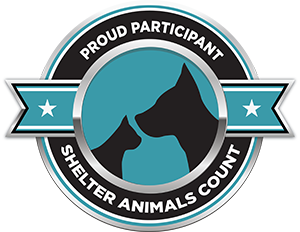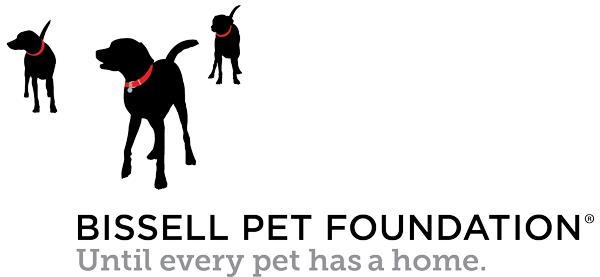Your German Shepherd Dog may be the smartest pet you have ever owned. Their smarts can get them into trouble, however, which is why proper training is key to living happily with a GSD. Repetitive and positive commands help your dog to understand what you want him to do. Your dog wants to please you, and if he understands what you want, he will.
Training and command reinforcement is a lifelong activity for you and your dog. It helps build your bond, strengthen obedience, and keeps your dog mentally engaged – all of which will help keep away unwanted behaviors! Just like their humans, dogs are a perpetual “work in progress.”
Common Commands
There are many phrases that could be used to get the desired obedience result. As long as you are consistent, it doesn't matter what short phrase you use. Below are some examples.
| Command |
Description |
Example on when to use |
| Sit |
Dog’s behind is touching the ground and front legs are straight allowing them to sit up |
Before giving a meal or walking out the door |
| Lay Down |
Stomach is touching the ground with its behind shifted to one side |
In a heavily stimulated environment to distract and force calmness |
| Come |
Dog stops what they are doing and comes directly to its owner |
When your dog is off leash in the yard and you want them to come to you, such as to call them inside |
| Touch |
Nose is used to touch your palm, often closing distance to do it |
When you want your dog to be in physical contact with you, such as to put them on leash or “reset” them if they begin to pull on leash |
| Place |
Sitting or lying on a designated bed or in a designated location until released |
Before opening the door to let someone enter the home without being greeted by a zealous dog. During a meal to ensure no begging. |
| Go Crate |
Dog walks into their crate so that it can be secured |
Before leaving the house to run errands or at night before bed |
| Drop it |
Item in the dog’s mouth is released |
When playing fetch to release the toy from the dog's mouth |
| Go Potty |
Tells the dog to urinate or pass a bowel movement |
Say it when outside when working to house train puppies or untrained dogs to avoid indoor messes |
| Leave it |
Dog stops fixating on something it shouldn’t be fixated on |
When on a walk to stop them from chasing squirrels. When toxic food drops on the ground. |
| Off or Down |
Dog removes itself from furniture or people that it shouldn’t be jumping on |
When your dog is on furniture that it shouldn’t be, like the kitchen counter |
Note: There are many other behaviors that you can train that don’t have a specific command word, such as loose leash walking and not reacting negatively to other animals! These are very important skills also!
Training Tips
-
Consistency is key and you get what you reinforce (or not reinforce)
-
Don’t use long comments like “Get off of there” but rather something simpler like “Off” or “Down”
-
Don’t celebrate too early! Make sure to structure your commands:
-
State – Verbally state and/or use a hand gesture to communicate the command
-
Mark – Tell your dog they performed the command correctly by saying “yes” or clicking a training clicker at the exact moment it happened
-
Reward – Immediately after marking, reward the behavior with a treat or head pets
-
Release – Say “ok,” “break,” or a similar phrase consistently to let the dog know that they can stop performing the action
-
Know your limits → reach to a certified dog trainer or behaviorist when you need help
-
Never stop training! Whether is a fun “game” or a new trick, keep your dog engaged
-
Never create your dog as punishment
Remember that YOU are the one responsible for your dog’s actions. In a sense, you are training yourself, not your dog. Professional trainers are always available, though they can be a bit pricey, to work with you and your dog on any and every issue. If you feel that you have tried everything and have made no progress, consult with a trainer. Unwanted behaviors are fixable 99% of the time, but like children, some dogs learn differently than others.



